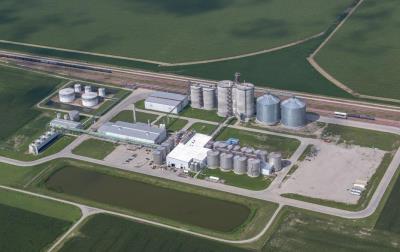 The Monday April 27th edition of Wall Street Journal quantified the plight of the ethanol industry. On April 1st, ethanol traded at 84 cents per gallon compared to gasoline at 69 cents. Dilution of gasoline with 10 percent alcohol would not occur without the RFS mandate that legalizes transfer of funds from the pockets of consumers to corn growers and the ethanol refining industry.
The Monday April 27th edition of Wall Street Journal quantified the plight of the ethanol industry. On April 1st, ethanol traded at 84 cents per gallon compared to gasoline at 69 cents. Dilution of gasoline with 10 percent alcohol would not occur without the RFS mandate that legalizes transfer of funds from the pockets of consumers to corn growers and the ethanol refining industry.
Notwithstanding mandates and subsidies, production of ethanol has dropped to 537,000 barrels per day for the week ending April 24th. According to the U.S. Energy Information Administration, inventories reached 27.7 million barrels on April 17th representing 50 days of production in storage. In January 2020 inventory was 22 million gallons and production was over 1.0 million barrels per day. Given the spot price for WTI crude oil and abundant oversupply, it is doubtful whether production of ethanol will be restored before the 2020 harvest
 The April 9th edition of the USDA World Agriculture Supply and Demand Estimates (WASDE) forecast 5,050 million bushels of corn to be used to produce ethanol and DDGS, the major byproduct. The portion of the corn crop required for ethanol represented 31.6 percent of the 2019 harvest
The April 9th edition of the USDA World Agriculture Supply and Demand Estimates (WASDE) forecast 5,050 million bushels of corn to be used to produce ethanol and DDGS, the major byproduct. The portion of the corn crop required for ethanol represented 31.6 percent of the 2019 harvest
The University of Missouri has estimated that farm income will be reduced by $20 billion or 19 percent in the current harvest year. At present the cost of corn production is estimated at $3.40 per bushel. The USDA forecast average farm price at $3.60 per bushel in the April WASDE, is down 20 cents from the March 2020 WASDE report. Effectively elevators are offering less than the CBOT quotation in some regions without a functional ethanol plant. Depending on location and demand the discount may be as much as 50 cents per bushel below the breakeven cost of production. An important consideration when running a multi-row planter over a field 12 hours per day in late April and early May.